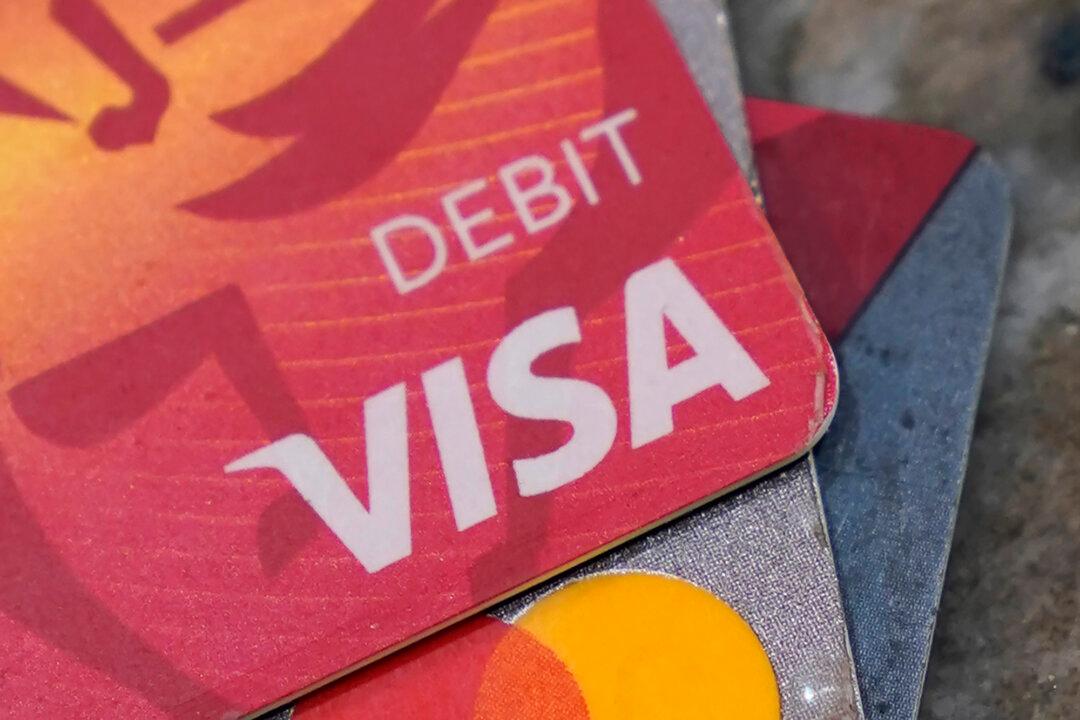U.S. consumer credit growth accelerated in April to the fastest pace since November 2022, according to recent data from the Federal Reserve.
The June 7 data on consumer credit, or G.19, comes after the Federal Reserve raised interest rates in May by 25 basis points, to a range of 5.0–5.25 percent.





